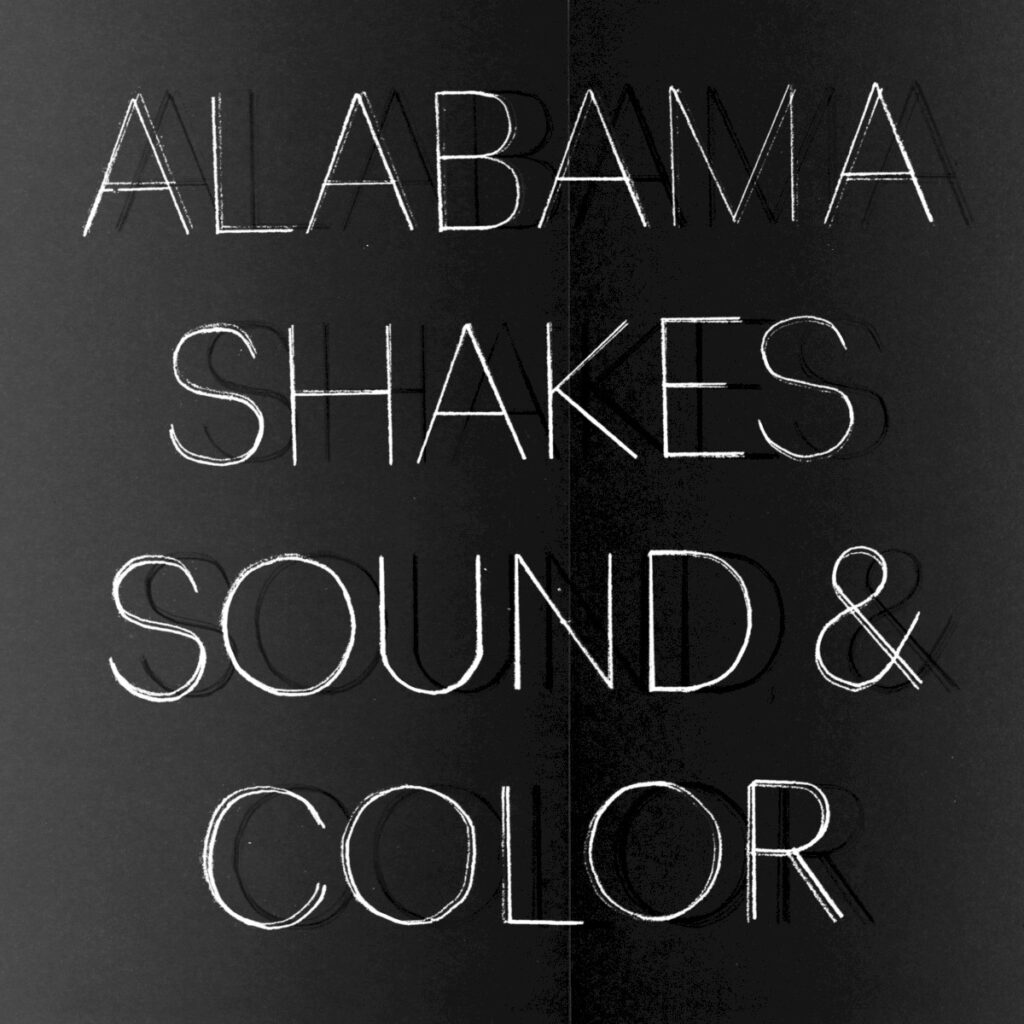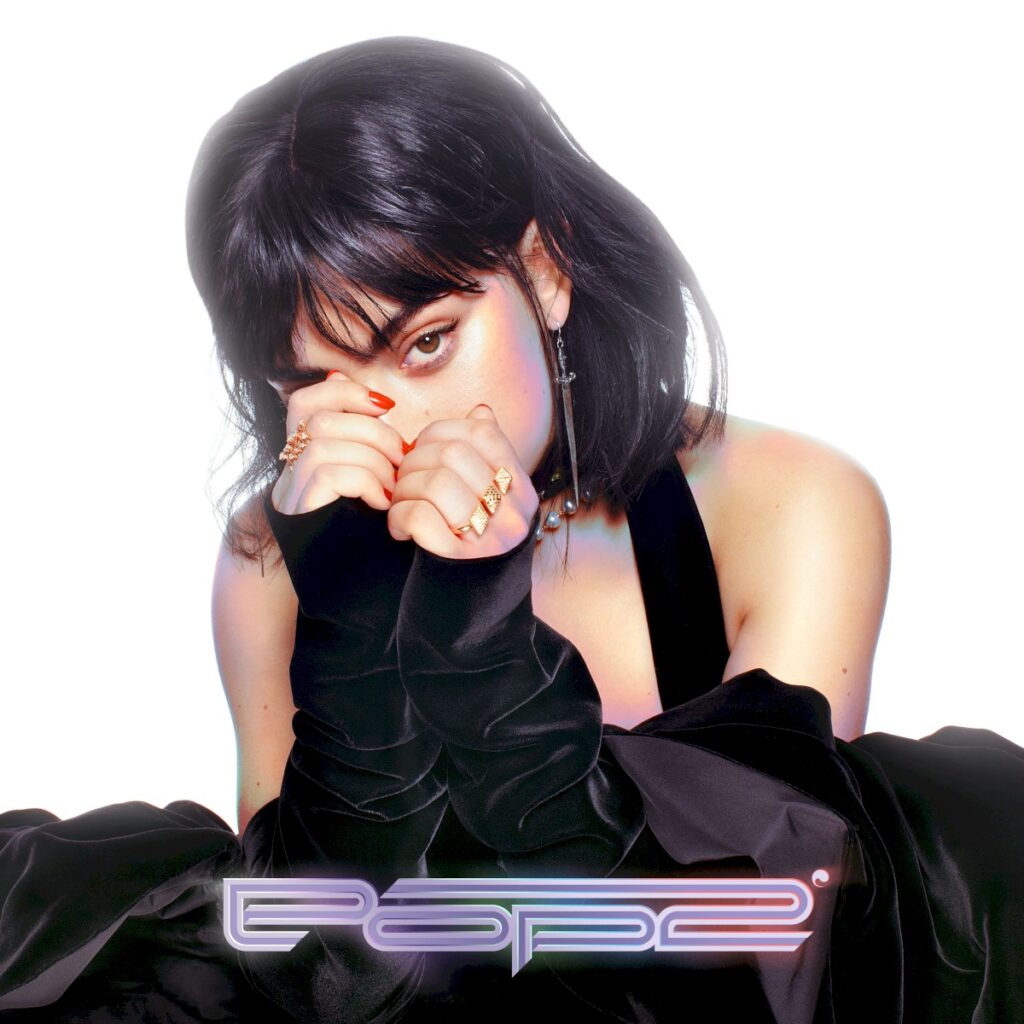75.
Brandi Carlile, ‘By the Way, I Forgive You,’ 2017

The title of Brandi Carlile’s sixth studio album, By the Way, I Forgive You, might imply a casual absolution, but the music narrates a story of deliberate, active forgiveness. Carlile’s songwriting throughout the album tackles deeply personal themes, including betrayal, resilience, transformation, self-reflection, parenthood, and social issues. The album is also influenced by Carlile’s personal experiences with her own sexuality and the emotional labor required to confront pain and alienation. For instance, The Joke speaks poignantly to children marginalized for their sexual identity, offering a message of hope and resilience: “Let ’em laugh while they can / Let ’em spin, let ’em scatter in the wind / I have been to the movies, I’ve seen the end / And the joke’s on them.” In this album, Carlile infuses her lyrics with a rare combination of vulnerability and strength. Songs such as Every Time I Hear That Song reminisce on past hurts triggered by melodies and memories, while The Mother provides a tender, intimate look at the sacrifices and rewards of parenthood. Tracks like Sugartooth address societal issues, such as addiction and the stigmas surrounding it, illustrating the torment faced by an old friend who succumbed to suicide. By the Way, I Forgive You achieves a delicate balance between acoustic intimacy and grand orchestral grandeur. Carlile’s roots-rock and folk tendencies are enriched by elaborate string arrangements from the late Paul Buckmaster, known for his work with legends like Elton John and Leonard Cohen. Tracks like the anthemic The Joke demonstrate a cinematic quality, with swelling orchestrations amplifying the emotional heft of Carlile’s performance. Songs such as Party of One are marked by their reflective and forlorn tones, with Carlile’s vocal delivery evoking a blend of powerful emotion and nuanced subtlety reminiscent of Adele and Joni Mitchell. The album also incorporates playful elements, as seen in Hold Out Your Hand, which juxtaposes wordy-hillbilly verses against an anthemic chorus in a way that is both engaging and transformative.
Deliver your brother from violence and greed
For the mountains, lay down for your faith like a seed
A morning is coming of silver and light
There will be color and language and nobody wanting to fight
What a glorious sight!
What a glorious sight!
74.
Alabama Shakes, ‘Sound & Color,’ 2015

Departing from the retro-soul blend that marked their debut, Alabama Shakes’ sophomore album, Sound & Color, dives into a more eclectic and experimental soundscape. Thematically, the album grapples with feelings of confusion and wonder in an ever-changing world. Brittany Howard’s lyrics frequently delve into personal introspection and broader existential reflections, making the album a rich tapestry of human experience. The title track, Sound & Color, epitomizes these themes. It suggests a sense of disorientation in the face of a beautiful yet strange world. Lines like “It must be I’ve fallen awake” hint at a struggle to make sense of one’s surroundings, and the chorus’s mention of seeking guidance amidst chaos underscores the album’s exploration of navigating life’s complexities. Brittany Howard’s lyricism is both poetic and grounded. Across the album, her words reflect a range of emotions, from introspective longing to outright defiance. Songs like Don’t Wanna Fight capture raw, emotional power with lines that highlight personal and societal struggles. Meanwhile, Miss You stands out as a soul-inflected ballad that combines personal reflection with broader themes of love and loss. The track Gemini offers a psychedelic and reflective narrative, exploring identity and self-discovery in a way that’s simultaneously confounding and captivating. Sound & Color is a melting pot of genres, unafraid to blend Southern rock, soul, funk, punk, and even hints of shoegaze and psychedelia. The array of instrumentation on the album is impressive. From the vibraphone intro on the title track to the heavy rock riff on Miss You, each song offers unique auditory experiences. Tracks like Shoegaze and The Greatest exemplify the band’s ability to fuse grunge with garage rock, while Future People and Dunes incorporate psychedelic elements that complement Howard’s powerful vocals. The album’s production is characterized by a deliberate infusion of experimental elements, such as the synth sound dubbed “lasers” by Howard in Gemini. The vibrant and eclectic soundscapes are complemented by Howard’s emotional intensity, imbuing the album with an “authentic weirdness” and cohesive yet chaotic nature.
73.
Charli XCX, ‘Pop 2,’ 2017

At the heart of Charli XCX’s mixtape, Pop 2, is an ambitious attempt to challenge and redefine the conventions of pop music. Charli XCX builds on the foundations of bubblegum pop from the late 1990s and early 2000s, weaving in elements of hyperpop and experimental electronic sounds. The mixtape embraces the clichés of pop music but simultaneously deconstructs them, creating a sort of “pop utopia” where innovation and traditionalism coexist. Thematically, Pop 2 explores a range of emotions and scenarios, from heartbreak and longing to empowerment and hedonism. It provides a reflective yet forward-looking narrative that mirrors Charli’s progression as an artist. Songs like Backseat and Lucky delve into feelings of loneliness and emotional vulnerability, while tracks like I Got It and Femmebot revel in their unapologetic brashness and boldness. In a YouTube interview, Charli mentioned that the stories in her music are based on real-life events, both hers and her friends, adding a layer of authenticity to her work. This is evident in the introspective nature of songs like Lucky, where Charli’s autotuned voice sings about failed connections and loneliness, capturing the essence of modern-day communication breakdowns. Pop 2 is a kaleidoscopic journey through various soundscapes, from the glossy, high-energy beats of Out of My Head to the dystopian, deconstructivist interlude in Delicious. The mixtape oscillates between intensely synthetic sounds and more organic, human elements. This juxtaposition mirrors the ongoing negotiations between the synthetic nature of pop music and the raw emotions it seeks to express. The mixtape’s production is avant-garde, with tracks that use disorientating samples, skittering beats, and heavy autotune to create a sonic tapestry that is quite fragmented. The production’s experimental nature is evident in how the album blends hyperpop’s hyperactive beats and glitches with mainstream pop’s melodic sensibilities. Tracks like Tears transition smoothly from intimate ballads to explosive crescendos, showcasing the dynamic range of both Charli’s vocal performance and the production’s versatility.
72.
The Weeknd, ‘House of Balloons,’ 2011

Abel Tesfaye, better known as The Weeknd, introduced himself to the world in 2011 with his debut mixtape, House of Balloons. The record is steeped in themes of hedonism and melancholy, exploring the darker side of nightlife and partying. Tesfaye’s narrative is one of excess, loneliness, and existential dread. Songs like High for This and Wicked Games dive deep into the escapism provided by sex and drugs, but the listener quickly realizes these pleasures are hollow and fraught with emotional depth. The album does not glamorize the lifestyle it describes; instead, it presents a nuanced portrayal of Tesfaye’s experiences in Toronto. The title track, House of Balloons / Glass Table Girls, even references the physical space where these nocturnal escapades occur, making it a nostalgic yet gritty homage to Tesfaye’s past. Lyrically, House of Balloons is a tapestry of Tesfaye’s inner turmoil and outward indulgence. Tracks like The Morning and Coming Down juxtapose moments of fleeting euphoria with the inevitable emotional crash that follows. The lyrics often reflect Tesfaye’s troubled relationships and heartbreaks. In Wicked Games, he confesses, “I left my girl back home, I don’t love her no more,” capturing the conflict between his desires and emotional detachment. The rawness and vulnerability in Tesfaye’s voice emphasize the album’s themes of disillusionment and existential doubt. House of Balloons is an eclectic blend of genres incorporating elements of R&B, electro, rock, and indie pop. Despite being a free mixtape, the album boasts an impressive level of polish that was achieved without traditional mixing and mastering. The production is marked by atmospheric beats, haunting synths, dissonant chords, airy beats, and minimalistic bass lines that serve to heighten the album’s moody aesthetic. The lo-fi, unrefined sound adds to the raw and intimate feel of the music, making the listening experience almost voyeuristic. The intricate layering of sounds and the incorporation of background noises, like the accidental cell phone interference in some tracks, add a layer of authenticity and unpredictability to the music. This unorthodox approach to production highlights The Weeknd’s commitment to creating an immersive and evocative auditory experience.
71.
Nicki Minaj, ‘The Pinkprint,’ 2014

Nicki Minaj’s third studio album, The Pinkprint, is an intensely personal record that delves into the more intricate details of Minaj’s life experiences. From the onset, the album establishes its autobiographical nature with All Things Go, a song that reflects on the murder of her cousin, and hints at a possible abortion in Minaj’s past. These revelations set the tone for an album that is characterized by a palpable sense of vulnerability and introspection. Minaj’s exploration of themes such as loss, heartbreak, and guilt permeates the entire album. For instance, in I Lied, Minaj examines the painful remnants of a broken relationship over a haunting beat produced by Mike WiLL Made-It. The themes of betrayal and self-reflection are further explored in Bed of Lies, where Minaj paints her ex as an opportunist who leeched off her success. The album also tackles the performance of femininity and the weight of expectations placed on female artists. Minaj addresses her role as a “strong woman” who has had to work twice as hard to achieve her status in the male-dominated rap industry. In The Crying Game, Minaj uses vivid imagery and narrative storytelling to unpack the complexities of a tumultuous relationship. The line “Blood dripping out your arm, on my Asian rugs / We was just planning a wedding, Caucasian doves” exemplifies her ability to intertwine emotional depth with striking visuals. The album’s lyricism oscillates between raw honesty and skillful wordplay. Tracks like Want Some More exhibit her audacious rap style with lines that challenge her critics and reaffirm her supremacy in the genre. Sonically, the album is a mosaic of sounds that spans trap, house, and traditional hip-hop. Collaborations play a crucial role in the album’s composition. Tracks like The Crying Game featuring Jessie Ware, Get on Your Knees featuring Ariana Grande, and Bed of Lies featuring Skylar Grey add different vocal textures and dimensions to the record. The standout collaboration, Feeling Myself with Beyoncé, combines Minaj’s fierce rap delivery with Beyoncé’s confident vocal prowess, highlighting not just Minaj’s, but also women’s struggle for agency and empowerment.
I just figured if you saw me, if you looked in my eyes
You’d remember our connection and be freed from the lies
I just figured I was something that you couldn’t replace
But there was just a blank stare and I couldn’t relate